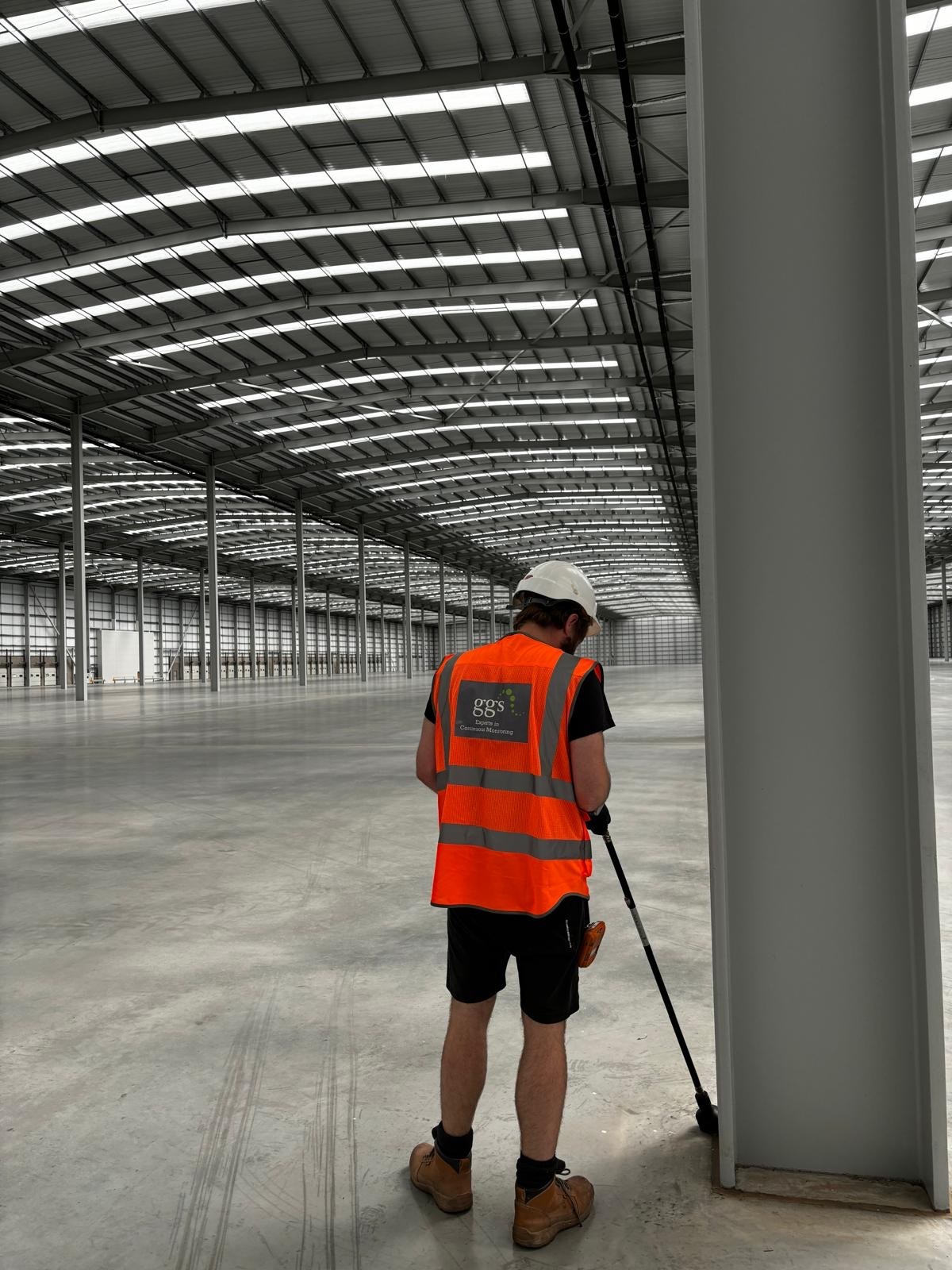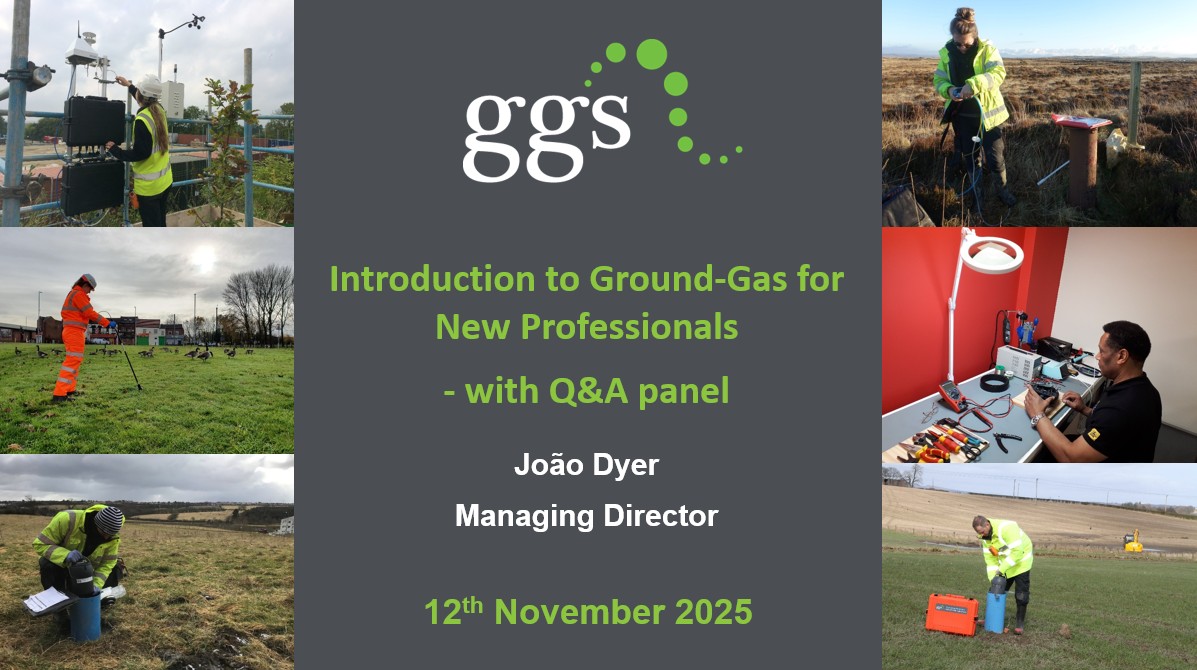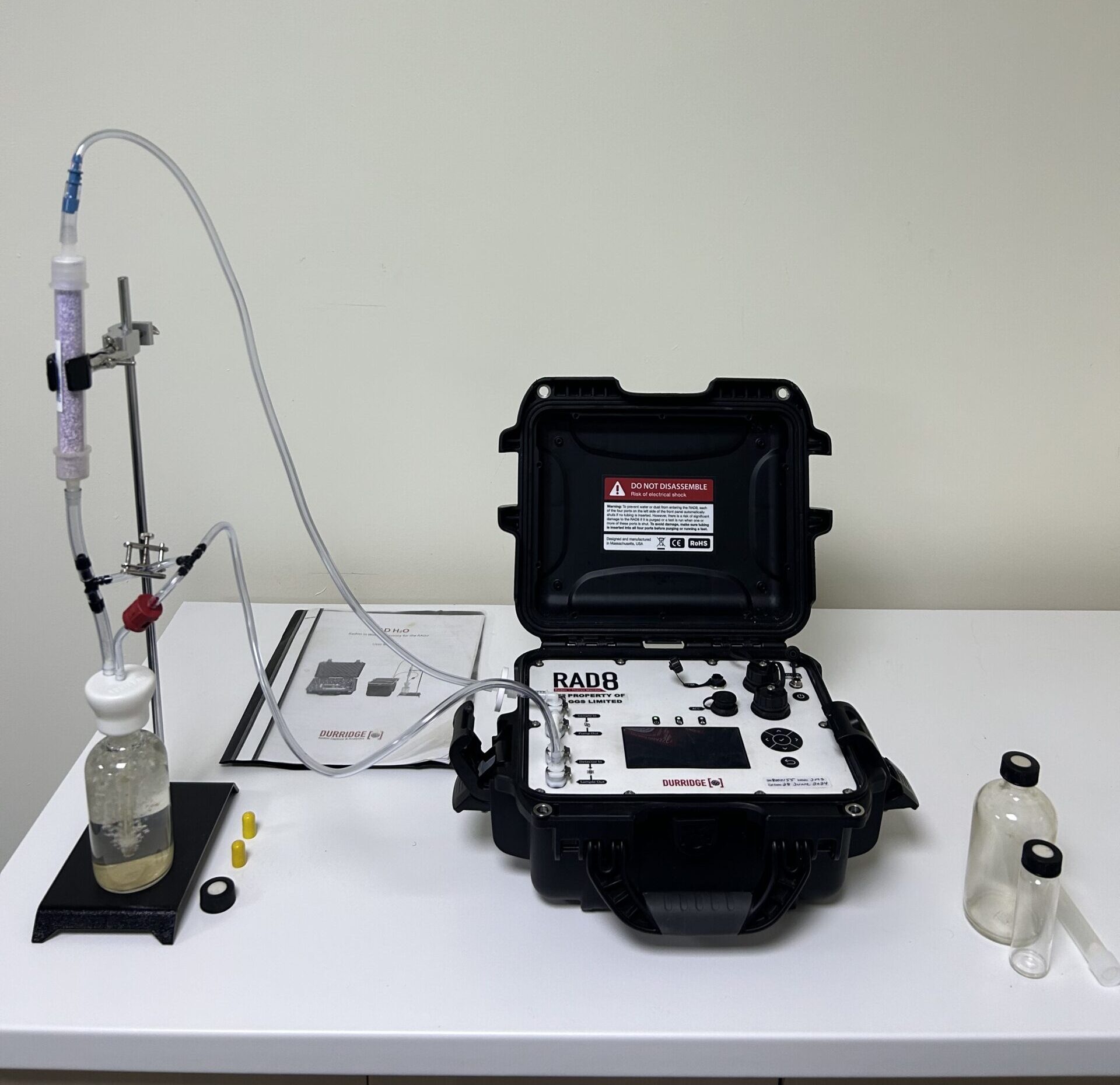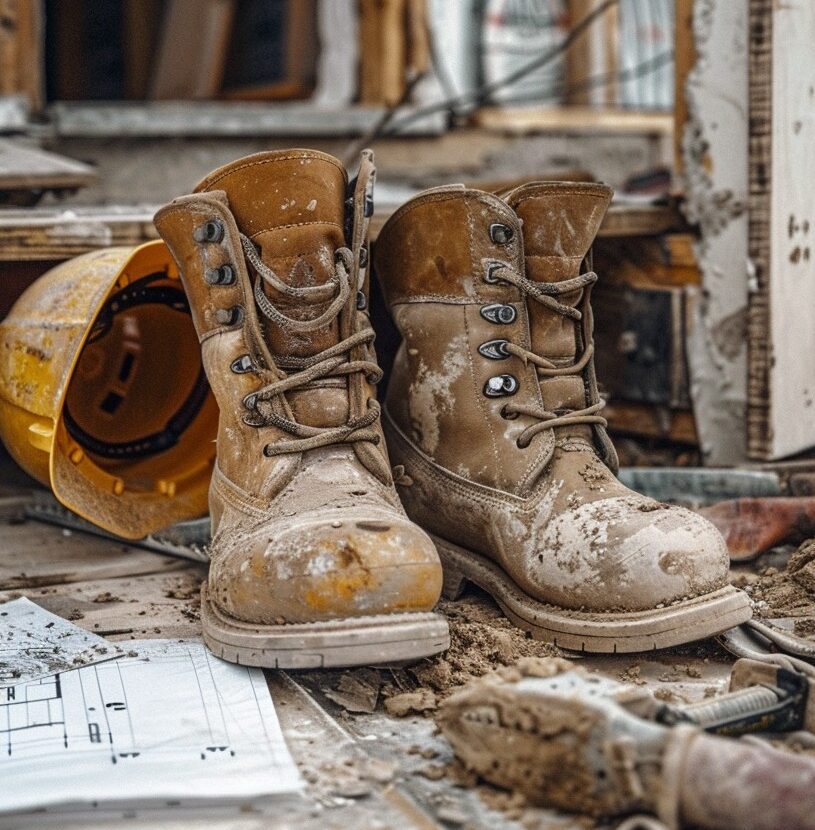Property developments will be increasing in volume as local and national governments struggle to keep up with the demands for housing. Developers are under enormous amounts of pressure when it comes to speeding up processes. Modern Methods of Construction (MMC) are being developed to reduce costs and speed up development. Similar innovation is happening in ground investigation and risk assessment and GGS is in the forefront of the innovation of ground gas monitoring and risk assessment.
Continuous ground gas monitoring was once an interesting university research tool – it has become an industry best practice technique that saves both time and money. Keep on reading to learn more.
In 1986, bringing in better mitigation for ground gas risk became more pertinent after a bungalow in the village of Loscoe, Derbyshire, exploded due to methane contamination. The bungalow in question was located near a landfill site used for domestic waste tipping. Although the unlined landfill was no longer in use, capping the site forced landfill gas to migrate. As waste decayed in anaerobic conditions, methane was generated at explosive concentrations. Following a very rapid fall in atmospheric pressure drew the methane into the sub-floor voids beneath the property. Once the central heating system tripped in the explosive mixture was ignited and the explosion destroyed the house.
Since the 1990’s and the implementation of the Environmental Protection Act, landfills are better regulated and must be fully contained which is a positive step towards change. However, this still leaves the 25,000 or so unlined, unmanaged former landfills dating back to the early 20th century. These sites which were once beyond the town or city boundary are now in prime development locations. With the clear hazards associated with contaminated land, it is increasingly important that the best practices using innovative techniques are used to accurately characterise the level of risk posed.

One of the most significant innovations has been the development of continuous ground gas monitoring. Developed in collaboration between GGS’ founder Simon Talbot and a team from Manchester University, this technique has been a real game changer. With our innovative techniques, risks are identified so that protection measures are focused and specific, instead of them being applied ‘just in case’.

How does ground gas migrate?
There are a range of factors that can impact ground gas migration which can cause significant challenges. In comparison to other contamination, gas is more challenging because ground gases can migrate in all directions and is influenced by several external factors and can be highly variable.
Ground gases can migrate by pressure driven flow, diffusion, and as dissolved gases. All of these are affected by the site specific geology and changing weather conditions. For more information on how gas concentrations can migrate read the TB18 technical bulletin here.
Despite the potential fatal consequences of ground gas entry into buildings, errors are still made due to either poor quality investigations or ineffective protection measures.
Recently, GGS has worked on two newly completed housing developments where residents have had to be evacuated due to hazardous gases entering the homes near previously contaminated land. GGS’ investigations found the original gas monitoring, risk assessment and outline gas protection design were reasonable and appropriate but implementation had not been carried out to a high standard.
In the one case, a well installed gas membrane was subsequently compromised by a late change in design that introduced unsealed service penetrations that provided a direct link between contaminated soils and the internal living space.
In the other case, metalliferous ash waste was used as a subgrade to the houses which can have reactions with water generated hydrogen in relatively low volumes and as such the hydrogen molecule can penetrate gas membranes and sealed service penetrations that are protective of methane and other more common ground gases. Unfortunately, most carbon monoxide sensors used in both hand-held gas monitoring devices and in household gas alarms are cross-sensitive to hydrogen.
While appropriate professional services were employed in the site investigations, gas risk assessments and gas protection designs and validation, an overarching understanding of how the protection systems should work was lacking in both cases. It was only due to GGS’ expert knowledge and specialist monitoring equipment after these issues occurred that problems were identified, allowing suitable solutions to be developed.
It is incredibly important for ground gas risk assessments to be site specific and for any gas protection system to be designed and installed by people who are knowledgeable and experienced. Too many professionals and contractors unconsciously fall into the trap of believing, the gas risk is small and the gas protection isn’t really needed.
Sweeping assumptions and ‘just in case’ measures lead to poor workmanship, wasted effort and materials and increased costs. Ultimately, it is a less sustainable approach that will cause future problems. Best practice is about using the latest innovative technology which can save money by focusing on site specific ground gas protection measures.
Best practice for mitigating Ground Gas Risk
Geo-technical and geo-environmental specialists have to predict the ground conditions beneath a development site from very scant information obtained from boreholes, trial pits and monitoring wells.
Geology in the UK is complicated with lots of historical use so it is incredibly important to glean as much site-specific information about a site’s geological history, and the presence and behavior of possible contaminants. Consultants and developers are regularly turning to experts, such as GGS, to get best practice advice and a service using innovative technology.

As we have explored, projects are still completing with short-cuts and without the use of innovative approaches. It’s key that an understanding of the need for site specific approaches are understood to reduce the risk of ground gas. Through this process, you will save time and future project costs.
Here at GGS we are continually innovating and looking at improvements to our technology and the services we provide. We are a team of geo-environmental scientists and so our approach is always one with innovation at the forefront. When it comes to your next project, make sure to choose innovation by choosing GGS. Get in touch with us today.
The following pages include news articles, videos, guidance notes and white papers on a range of ground gas related topics which we hope you will find of interest. Please browse through but if you can’t find something on your particular issue of interest, we’d be very pleased to hear from you so we can put that right.

Establishing a new warehouse involves managing numerous moving parts such as ensuring operational systems are in place, training staff and coordinating logistics. Amidst this complexity, it’s essential to remain compliant with environmental and safety regulations.
One important aspect is managing and mitigating ground gas risk. Keep reading to learn about the process and what to expect.





